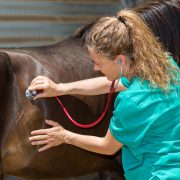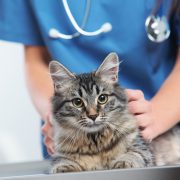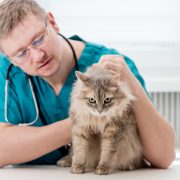2022 AAHA Pain Management Guidelines for Dogs and Cats
| Journal of the American Hospital Association | 2022 | The aim of these guidelines, produced by a task force of experts invited by the American Animal Hospital Association, is to help members of the veterinary team to assess pain in cats and dogs and to create pain management plans…









Connect with us